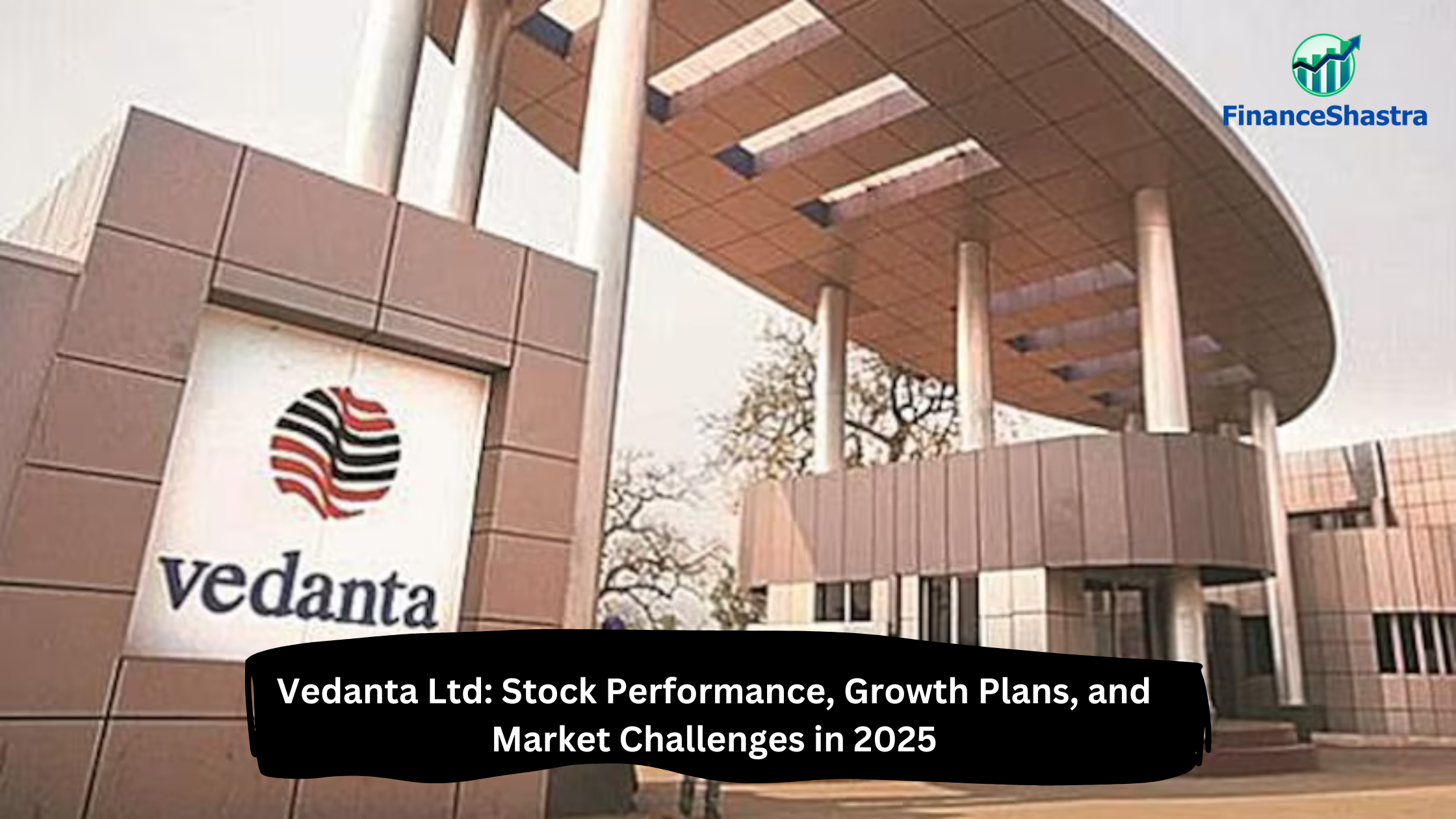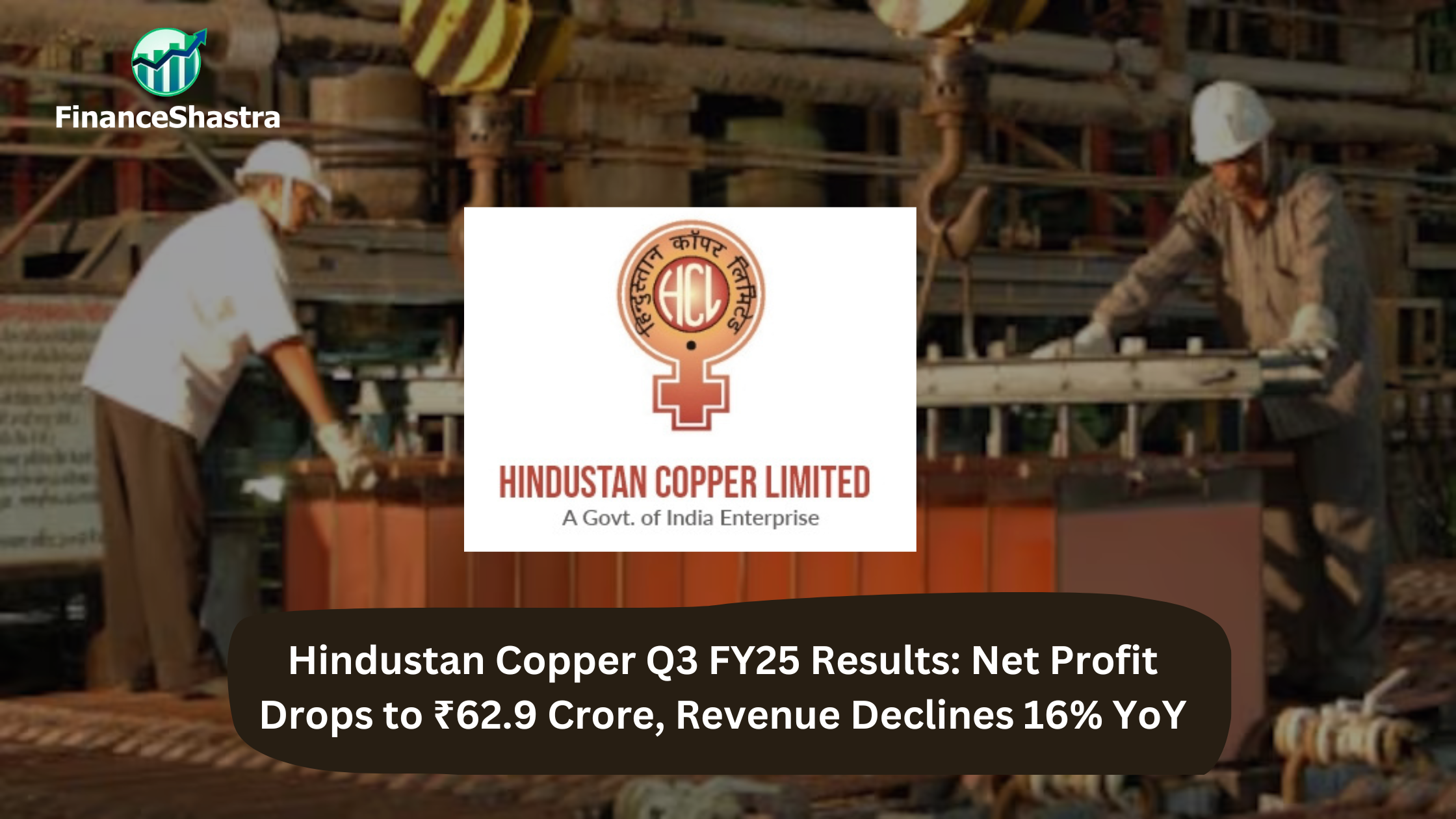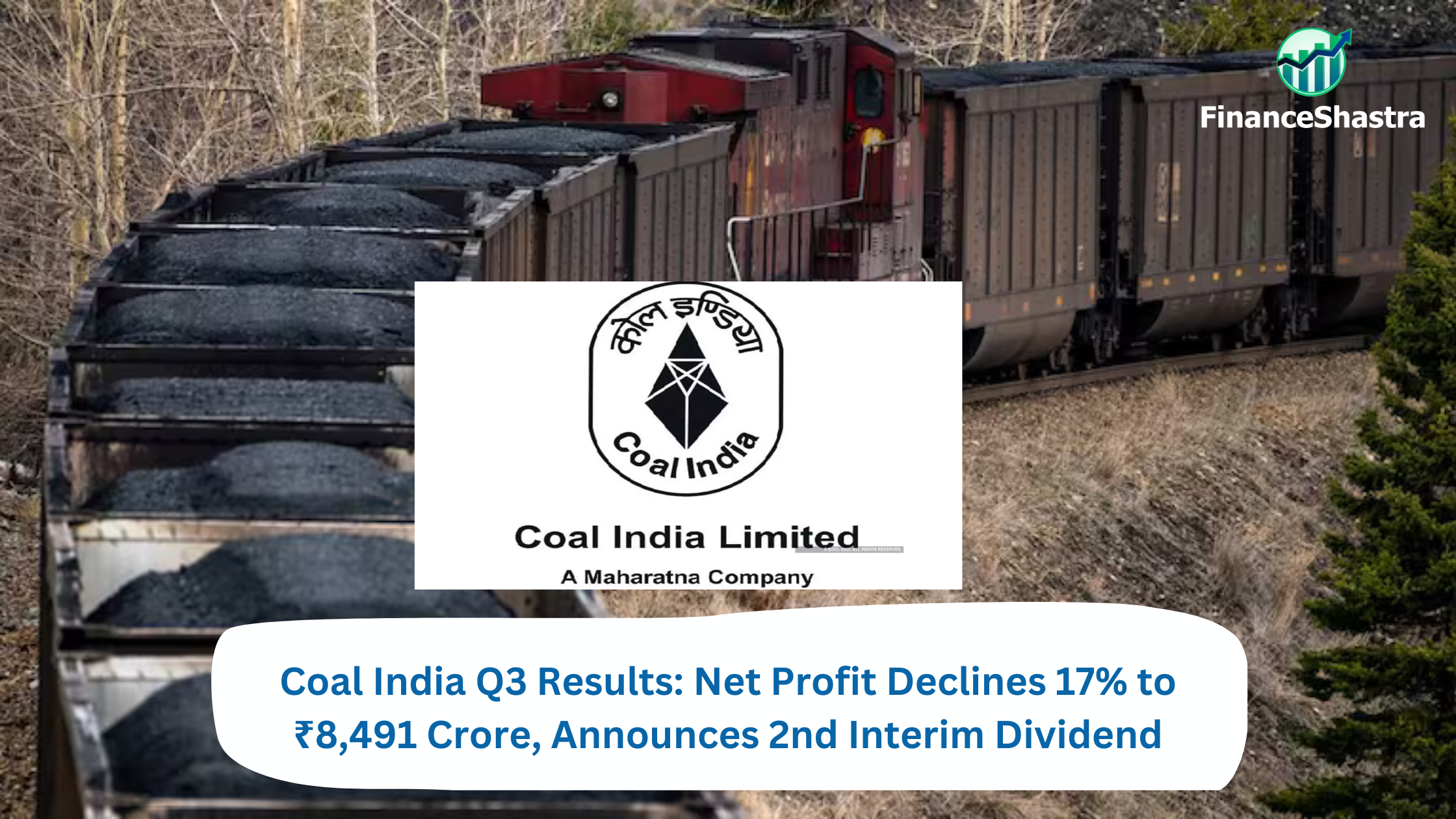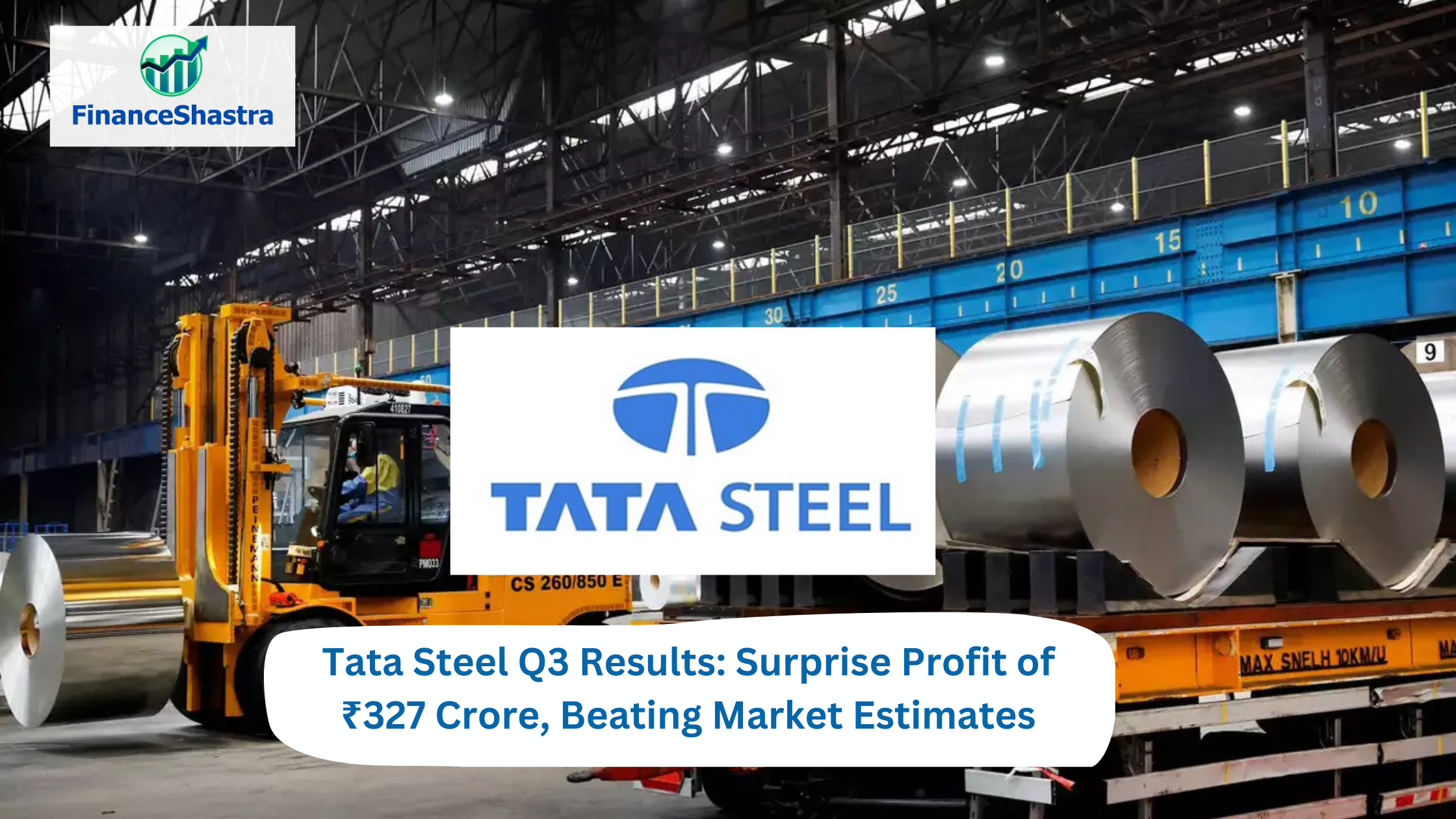Vedanta Ltd: Stock Performance, Growth Plans, and Market Challenges in 2025
Business and Industry Overview:
Vedanta Ltd. is a big company that works with natural resources. It is involved in metals, mining, oil and gas, power, semiconductors, and glass. The company has businesses in India, South Africa, Namibia, and Liberia. It makes important materials like aluminium, zinc, iron, steel, copper, lead, silver, and ferro alloys. These materials are used in buildings, machines, electronics, and transport. Vedanta also produces oil and gas, which are needed for energy. It also makes electricity for factories and businesses.
Vedanta wants to keep costs low and work more efficiently. It uses new technology to improve its work and reduce waste. The company follows good business rules to ensure fair and honest work. It invests in better machines and smarter ways to increase profits. Even though Vedanta earns good money, it also has a lot of debt, which is a problem.
To solve this, Vedanta is planning to split into smaller companies. This will help each business grow better. The company is also working on green energy to reduce pollution and protect nature. Since Vedanta provides important raw materials, it helps India grow and become self-reliant. Many industries need these materials to build things, make products, and produce energy.
Latest Stock News:
Vedanta Ltd’s stock price has gone down. On April 3, 2025, the stock fell by 4% on the BSE. In the last five days, it has dropped by 7%. This happened because Vedanta delayed its demerger plan. The company wanted to split into smaller companies by March 31, 2025. But now, it has pushed the date to September 30, 2025. The delay is because the government has not yet approved. Vedanta Limited asked its shareholders to vote on an important decision. This voting was done online through e-voting instead of a physical meeting.
The company wanted approval to appoint Mr. Rajarangamani Gopalan as an Independent Director for two years (from February 5, 2025, to February 4, 2027).
An expert, Mr. Upendra C. Shukla, was chosen to check and manage the voting process. The voting ended on April 2, 2025. The shareholders agreed with the decision, and the appointment was approved. The company has shared the results and the official report on its website. The results are also available at the company’s office and on the website of KFin Technologies Limited, which handled the e-voting.
Vedanta’s stock was ₹527 per share on December 16, 2024. But now, it has fallen by 16%. On April 3, it was ₹440.9 per share. The company is worth ₹1,72,409.01 crore. Many people are buying and selling the stock. On April 3, trading was 1.38 times more than usual. On April 1, it was 1.22 times more. Vedanta wants to expand its business. It is looking for global partners. The company plans to invest $20 billion. It will spend $2 to $2.5 billion to grow Hindustan Zinc. Other metal companies like JSW Steel are also struggling. This is because of new U.S. trade rules. The U.S. may put more taxes on metal imports. This can reduce demand and hurt Vedanta’s business.
Potentials:
Vedanta will invest $20 billion in India over four years. It will focus on technology, electronics, and glass production. The company wants to build a semiconductor plant in Gujarat. It already has land for the project. Now, it is looking for a strong and reliable partner. Semiconductors are used in smartphones, laptops, and other electronics. Right now, India imports most of them. Vedanta wants to make India self-sufficient in this field.
Vedanta also plans to make glass in India. Glass is used in smartphone and laptop screens. The company already makes glass in other countries. Now, it wants to set up production in India. This will reduce imports and boost India’s economy.Vedanta may sell its steel business. However, it will only sell if it gets a good price. If the price is low, it will continue running the business. The steel business is profitable and has a strong team. Vedanta has $12 billion in debt. The company says the debt is under control. It has never missed a loan payment. It believes that every big business needs large investments. Anil Agarwal, the chairman of Vedanta, wants to help Bihar grow. He says Bihar has a lot of potential. But government policies need to support businesses. Vedanta is also helping villages through Nand Ghar centers. These centers help children and women. Right now, there are 6,000 centers in India. The company will increase them to 25,000 in two years. This will help 7 crore children and 2 crore women. The centers provide food, education, and healthcare. Vedanta is thinking about investing in entertainment. But it has no fixed plan yet. The company believes entertainment should promote good cultural values. Vedanta’s plans will help India grow. It will reduce imports and create jobs. It will also support rural communities.
Analyst Insights:
- Market capitalization: ₹ 1,72,013 Cr.
- Current Price: ₹ 440
- 52-Week High/Low: ₹ 527 / 302
- P/E Ratio: 14.5
- Dividend Yield: 9.90%
- Return on Capital Employed (ROCE): 20.9%
- Return on Equity (ROE): 10.5%
Vedanta made good profits in Q3 FY25. The company’s total sales went up by 10.06% from last year. It earned ₹34,968 crore in sales. The net profit increased by 76.20% to ₹3,471 crore. This means the company made much more money compared to last year. The EBITDA margin is 28%, which shows that the company is keeping a good part of its earnings as profit.
It is one of the biggest metal companies in India. It controls 46% of the aluminum market. It also works in zinc, oil & gas, and power. This helps the company because it does not depend on just one business. The demand for metals is increasing in India and around the world. This is good for Vedanta. It also gives high dividends to its investors. The dividend yield is 9.90%. This means people who hold this stock get good extra income. Vedanta has very high debt of ₹87,706 crore. This is a big problem. If the company cannot manage its debt, it may face trouble. Another issue is that promoters have pledged all their shares. This means they have used all their shares to get loans. This is risky. Also, promoters’ shareholding has fallen by 13.3% in the last three years. This is not a good sign because it shows that owners are selling or losing control over the company. Vedanta is a strong company with good profits. But it has too much debt and promoter problems. Investors should not buy at a high price. It is better to wait for the price to fall before buying. Also, keep an eye on the company’s debt and what the promoters are doing.




